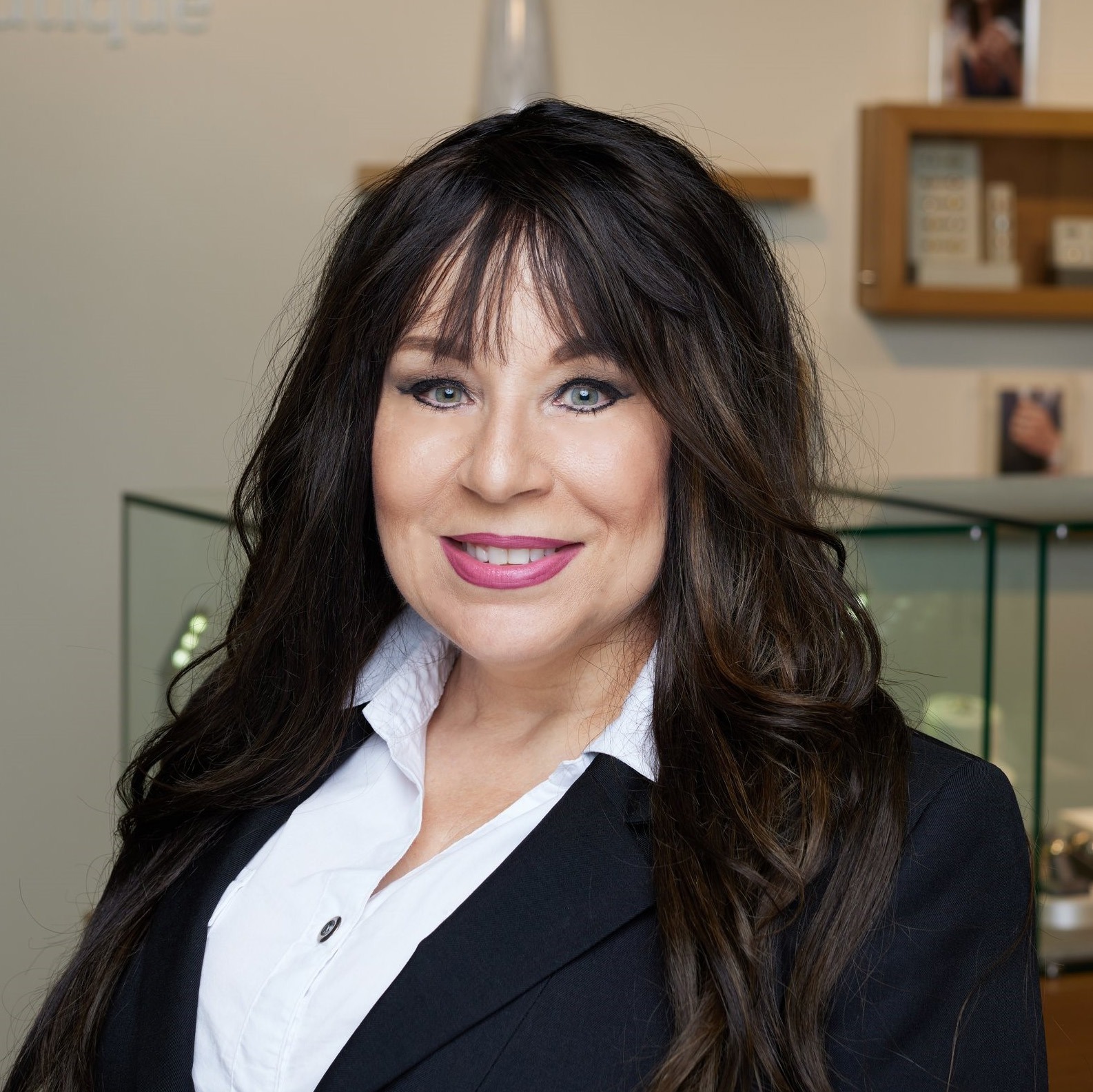Natural Diamonds: What You Need To Know

Learn the facts about the most sought-after gemstone in the world.
Natural diamonds are among the most coveted gemstones in the world and are valued for their beauty, rarity, uniqueness, and timeless appeal. Despite the increase in lab-grown diamond popularity, there will always be customers who will settle for nothing less than a natural diamond.
What are Natural Diamonds?
Natural diamonds are completely unique, much like a fingerprint. Diamonds are billions of years old —in some cases, more than three billion years old. (A natural diamond may be the oldest thing you will ever hold!) They are made of almost pure carbon crystallizing under extreme conditions of high temperature and enormous pressure.
Natural diamonds are formed approximately 100 miles under the earth’s surface. They are transferred to the surface by volcanic activities. Many years later, the magma solidifies to a diamond-rich rock known as kimberlite. Mining starts from the surface level and digs down in a cone shape to extract the diamonds from the pipe.
According to GIA (Gemological Institute of America), “The special combination of chemical composition, crystal structure, and formation process gives diamonds the qualities that make them extraordinary.”
Minerals are assigned a number between 1 and 10 on the Mohs Hardness Scale to describe their resistance to scratching. Diamonds are given the highest number, a 10. There is nothing on earth that can scratch a diamond — except another diamond.

Natural Diamonds vs. Lab-Grown Diamonds
What’s the difference between natural diamonds and lab-grown diamonds?
- A natural diamond is gem material that crystallized (or developed) in nature without any human intervention.
- Lab-grown diamonds are man-made in a laboratory using either High Pressure/High Temperature (HPHT) or Chemical Vapor Deposition (CVD).
A Comparison Chart
Natural Diamonds | Lab-Grown Diamonds | |
|---|---|---|
Growth Time | Billions of years | 2-8 Weeks |
Chemical Composition | Carbon | Carbon |
Refractive Index | 2.42 | 2.42 |
Hardness | 10 | 10 |
Durability | Excellent | Excellent |
Inclusions/Blemishes | Yes | Yes |
From Rough to Brilliant
The journey of a rough diamond to a brilliant one is time-consuming, and not all diamonds “make the grade,” so to speak. Diamonds flow from mines through cutting centers, and ultimately to jewelry store customers. The process of diamond cutting and polishing is an art and a science. Modern diamond cutting consists of planning, cleaving or sawing (sometimes both), bruting, polishing, and final inspection.
Brillianteering is the process of polishing the facets of the cut diamond so that it reflects and refracts the optimal amount of light. The polishing of the natural diamond determines how much fire, brilliance and sparkle it will have.
Diamond professionals use a set of four values to describe and classify diamonds: clarity, color, cut, and carat weight. These are the Four Cs of diamonds. When used together, they describe the quality of a finished diamond, which is directly related to its value.
Stuller Diamonds®
We offer an incredible assortment of natural diamonds in a variety of shapes, sizes, colors, cuts and clarity options in stock and ready for rapid delivery. Here are a few of our natural diamond collections:
- We offer 14 shape options plus a variety of matched pair options.
- More size increments with tighter tolerances, better cut and make, uniform girdles, and high symmetry.
- Enjoy the brilliance and strength of diamonds combined with the glorious colors of gemstones, featuring 12 shades.
- Available in round rose-cut and single-cut, square princess-cut and step-cut, and oval rose-cut.
- Available in round rose-cut, square princess-cut, oval rose-cut.
Stuller Diamond Screening Services
Stuller has robust in-house screening stations which test all incoming and outgoing loose and mounted diamonds. Not only do we have the Stuller Gemological Lab™ — a state-of-the-art advanced diamond screening lab — but we have a GIA lab in our building as well.
Stuller has a strategic service arrangement with GIA to provide their melee screening service inside our facility as a separate entity from Stuller. It’s staffed by GIA specialists who use GIA’s proprietary technology and equipment to perform their work.
Referrals from Stuller’s screening processes and the Melee Analysis by GIA® are sent to the Stuller Gemological Lab for further testing. Lead by Guy Borenstein, an FGA certified senior gemologist and a team of GIA Graduate Gemologists, our lab has advanced instrumentation used by leading laboratories worldwide.
Diamonds screened by the Stuller Gemological Lab will be shipped in a white parcel containing an assurance card. Learn more at Stuller.com/Diamond Screening.
The Diamond Days of December
Want to immerse yourself in the world of diamonds on social media? Be sure to follow Stuller Inc. on Instagram and check out our stories and fun reels celebrating the Diamond Days of December! We’ll be featuring the most memorable diamonds, internally flawless diamonds, specialty diamonds, and shape comparisons, plus interactive posts.
To learn more, check out our past diamond blogs including:
Twelve Shades of Color Enhanced Diamonds

Cheryl Robichaux
Staff Writer
Cheryl holds a bachelor's degree in Broadcast Journalism from the University of Louisiana at Lafayette. Her extensive experience in the radio and print magazine industries along with her love for custom jewelry and people paved the way for her to become a Stuller storyteller.